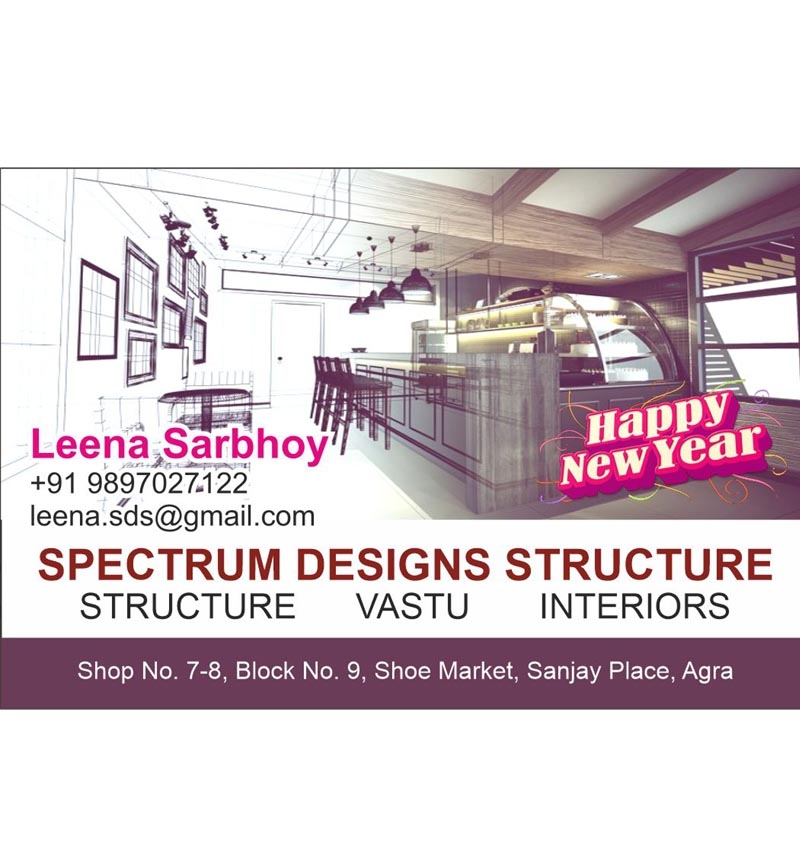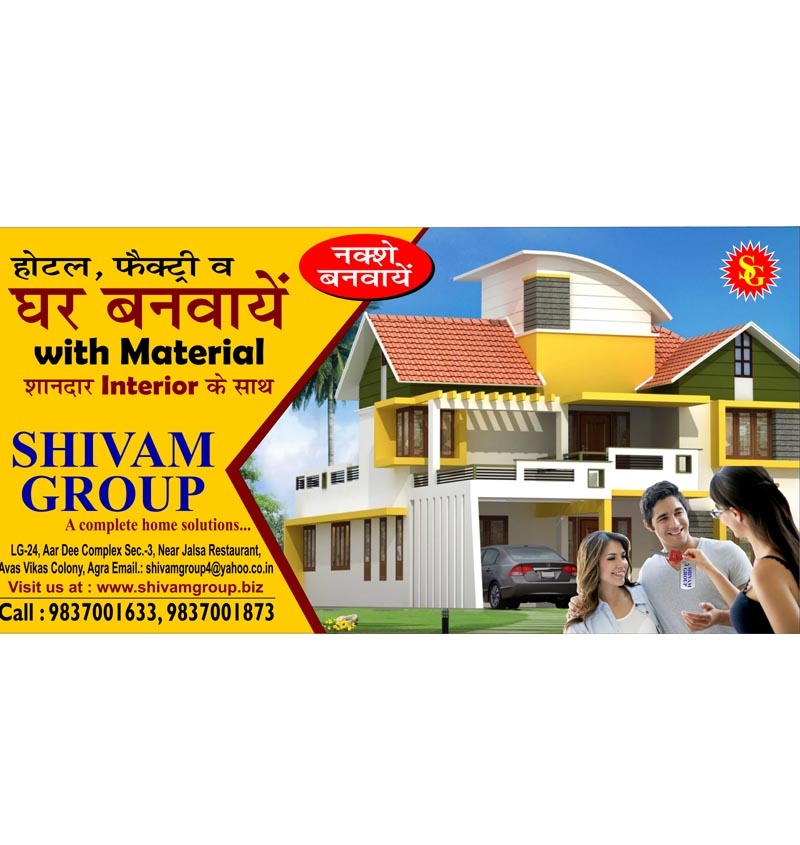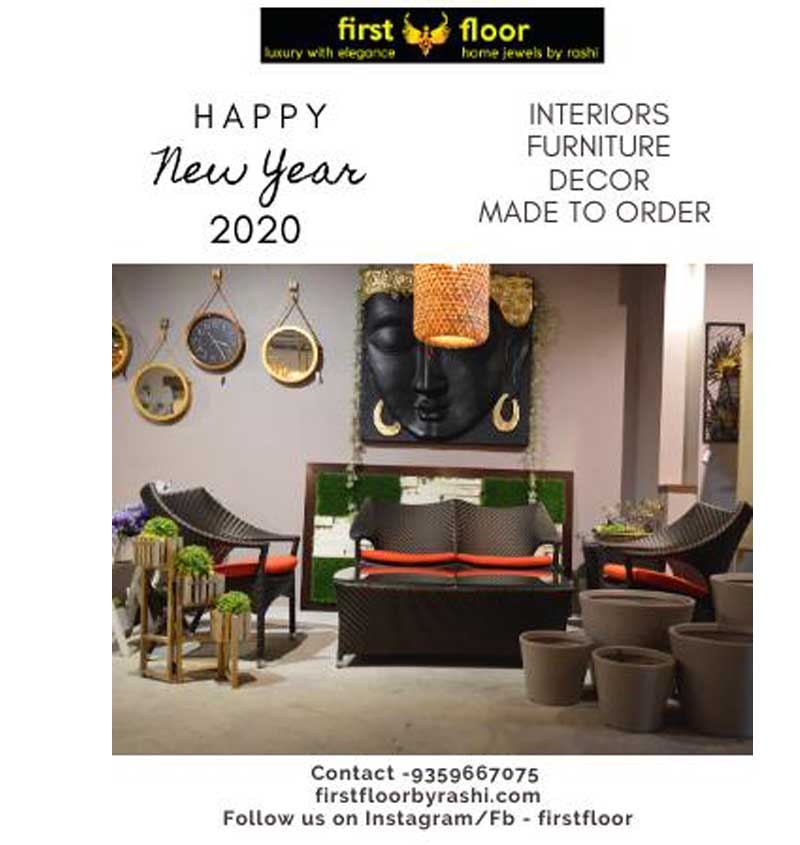1. Start with How You Live, Not Just How You Want It to Look
A stylish room isn’t useful if it doesn’t fit your day-to-day life. Begin by asking:
-
How do you use this space?
-
What activities happen here?
-
What do you need more (or less) of in this room?
Design should support function—whether that means adding built-in storage, creating a reading nook, or carving out a quiet work-from-home zone.
2. Choose a Style That Resonates with You
Skip chasing trends and focus on what feels right for you. Popular design styles include:
-
Modern Minimalist – Clean lines, neutral tones, clutter-free
-
Bohemian – Rich patterns, earthy colors, layered textures
-
Scandinavian – Light woods, natural light, simplicity
-
Industrial – Exposed brick, metal finishes, raw edges
-
Traditional – Classic furniture, symmetry, rich tones
Tip: You can always blend styles. A modern-boho or rustic-minimalist combo can reflect multiple sides of your personality.
3. Make It Personal
Your home should tell your story:
-
Display travel souvenirs or family heirlooms.
-
Hang art that inspires you or reflects your culture.
-
Use books, textiles, and colors that feel like home.
Design becomes powerful when it's authentic.
4. Use Color with Intention
Color impacts emotion and energy. Choose colors based on the mood you want to create:
-
Calming: Soft blues, sage green, beige
-
Energizing: Yellows, oranges, bright white
-
Grounding: Terracotta, charcoal, forest green
-
Romantic: Mauve, rose, dusty plum
A neutral base with colorful accents offers flexibility over time.
5. Focus on Flow and Functionality
A well-designed space flows naturally. Consider:
-
Furniture layout: Is it easy to move around?
-
Lighting: Do you have a mix of task, ambient, and accent lighting?
-
Storage: Can everything be easily put away or accessed?
Don't overcrowd—leave room to live.
6. Layer Texture and Materials
Texture brings depth and warmth to any design:
-
Combine smooth (glass, metal) and soft (linen, wool) surfaces.
-
Mix wood, ceramic, leather, or stone for visual interest.
-
Use rugs, curtains, throws, and cushions to add comfort.
This creates a multi-dimensional space that feels complete.
7. Stay Flexible and Evolve Over Time
Great design evolves. Don’t feel pressured to finish everything at once. Let the space grow with you:
-
Swap out art or cushions seasonally.
-
Rearrange furniture to suit changing needs.
-
Add new elements as your style matures.
Your home should be a living reflection of who you are.
Final Thoughts
Purposeful interior design is about creating a space that enhances your lifestyle, nourishes your spirit, and reflects your identity. When you align function with style, and beauty with meaning, you don’t just decorate—you create a home that feels alive.



















Your Message